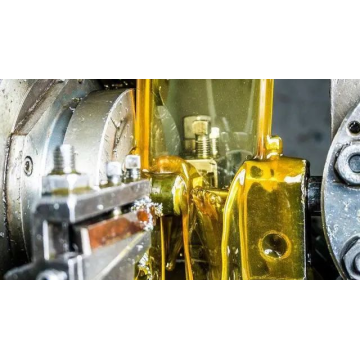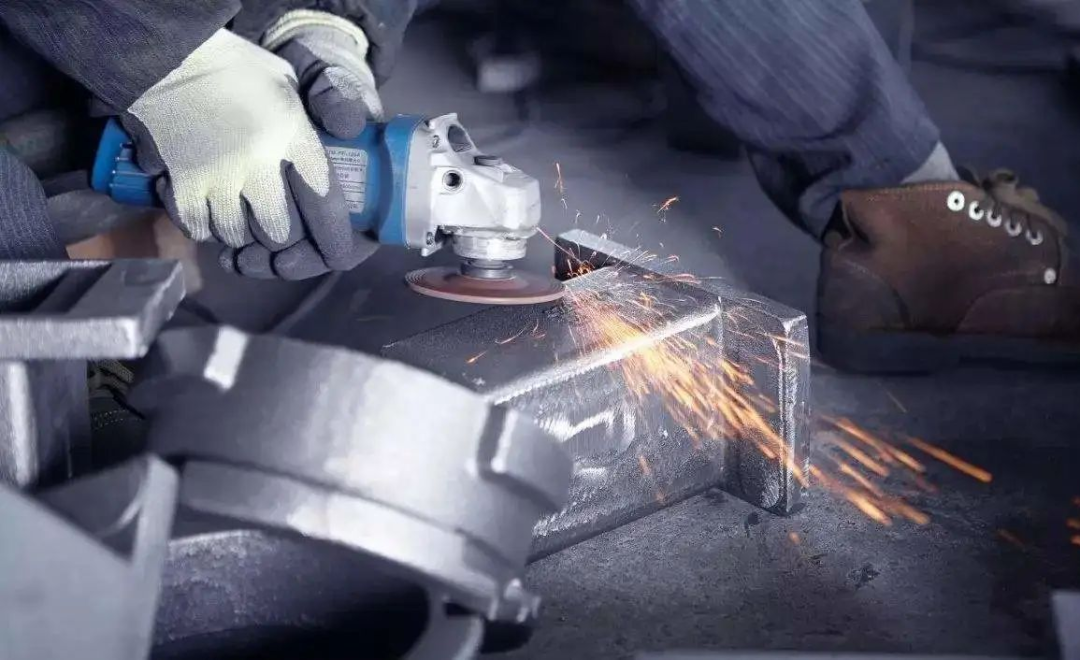
Privacy statement: Your privacy is very important to Us. Our company promises not to disclose your personal information to any external company with out your explicit permission.
![]() September 18, 2023
September 18, 2023

Cutting fluids are widely used in cutting processes due to their functions such as cooling, lubrication, cleaning, and rust prevention. The cutting fluid often has problems such as deterioration, odor, corrosion, foam generation, workpiece rusting, etc. In combination with the experience of metalworking fluid and additive development research and field application, the problems and countermeasures in the use of cutting fluid are discussed below.

Self emulsifying ester is a multifunctional functional group self emulsifying water-soluble ester that has three basic functions in the same product: lubrication, emulsification, and hard water stability. This product is particularly suitable for both fully synthetic and semi synthetic cutting fluids, with excellent interface lubrication, rust prevention, and cleaning effects. It effectively reduces tool adhesion, improves product smoothness, reduces tool wear, and has strong resistance to hard water.

4. Reasons for many foam when using cutting fluid
Cutting fluid components contain many surfactants, commonly known as cleaning agents. These cleaning agents will produce a lot of foam when used, which is adverse to machining. It can pollute the processing environment and cause inconvenience to production personnel. Leakage from the machine tool can also reduce the cleaning ability of the cutting fluid. At this point, a small amount of defoamer can be added (silicone oil has the fastest effect, polyether has strong persistence, and can suppress foam) to remedy the situation.
5. Odor problem during the use of cutting fluid
Cutting fluid can be divided into emulsified oil (emulsion), semi synthetic (micro lotion) and fully synthetic. Due to the large amount of mineral oil contained in emulsified oil, it provides a breeding ground for bacteria, fungi, and molds. If no fungicides are added, a large number of bacteria will grow in a short period of time, causing odor. Choosing suitable fungicides can effectively solve the problem.
The above is the Solutions to problems such as odor, corrosion, foam and rust of cutting fluid in use we have listed for you. You can submit the following form to obtain more industry information we provide for you.
You can visit our website or contact us, and we will provide the latest consultation and solutions
Send Inquiry
Most Popular
lastest New
Send Inquiry
Send Inquiry

Mr. James
Tel:0086-371-58651986
Fax:
Mobile Phone:+8613783582233
Email:sales@cn-lubricantadditive.com
Address:No.11 Changchun Road, High-Tech Zone, Zhengzhou, Henan
Related Products List
Mobile Site


Privacy statement: Your privacy is very important to Us. Our company promises not to disclose your personal information to any external company with out your explicit permission.

Fill in more information so that we can get in touch with you faster
Privacy statement: Your privacy is very important to Us. Our company promises not to disclose your personal information to any external company with out your explicit permission.